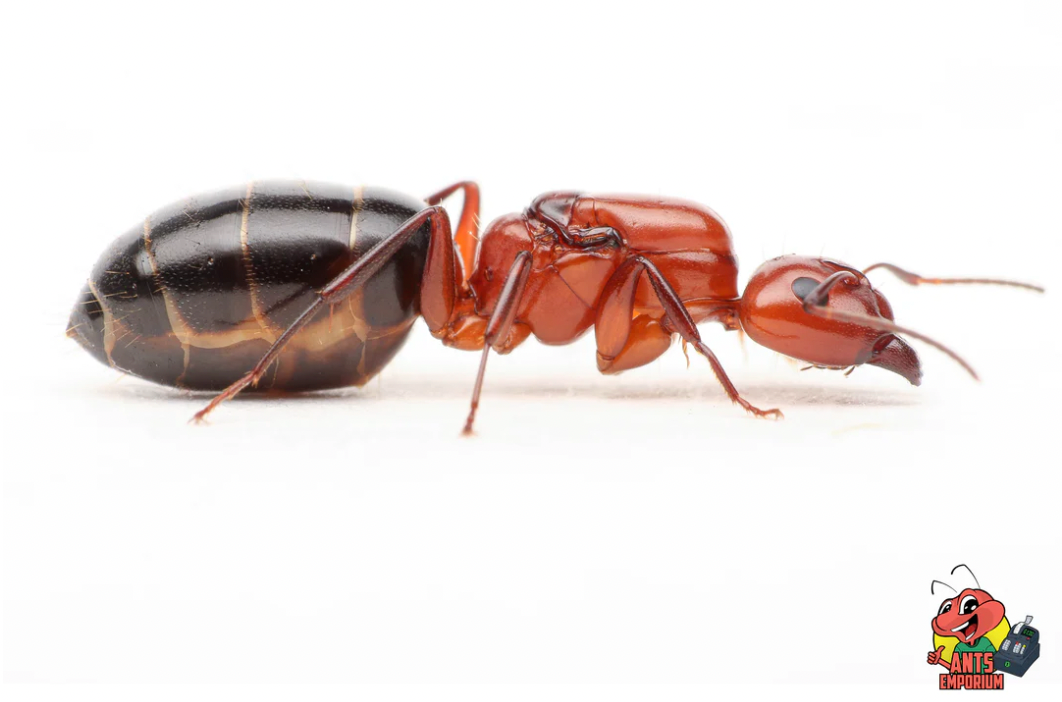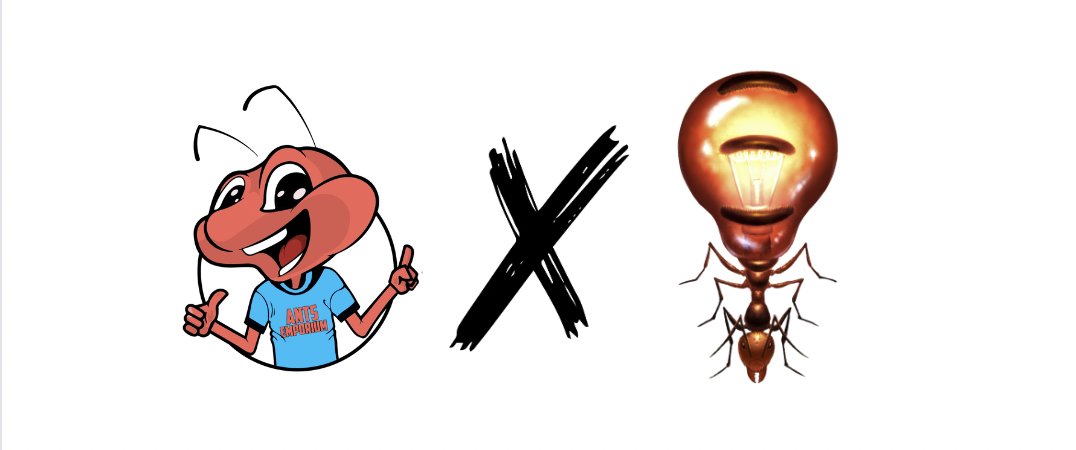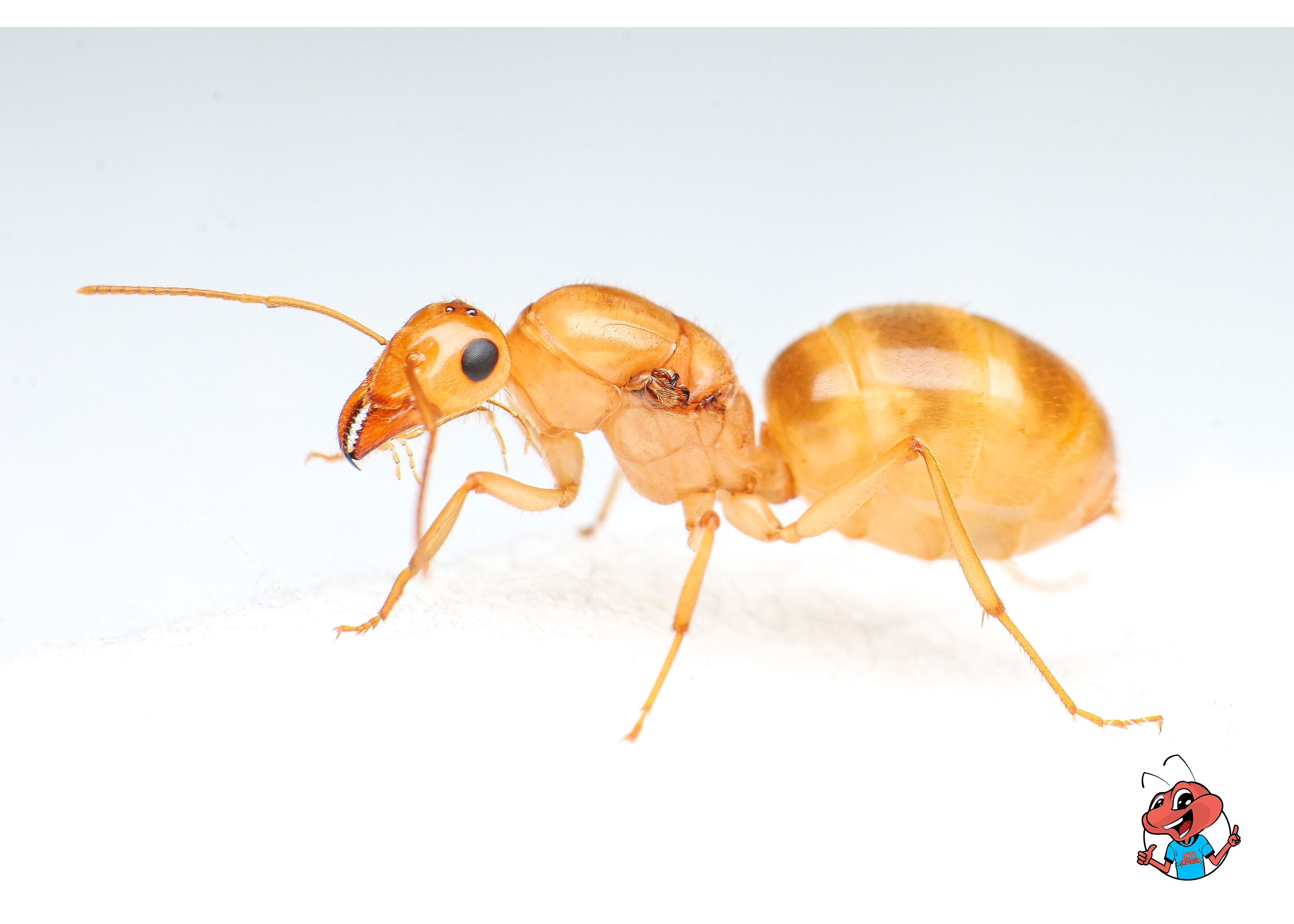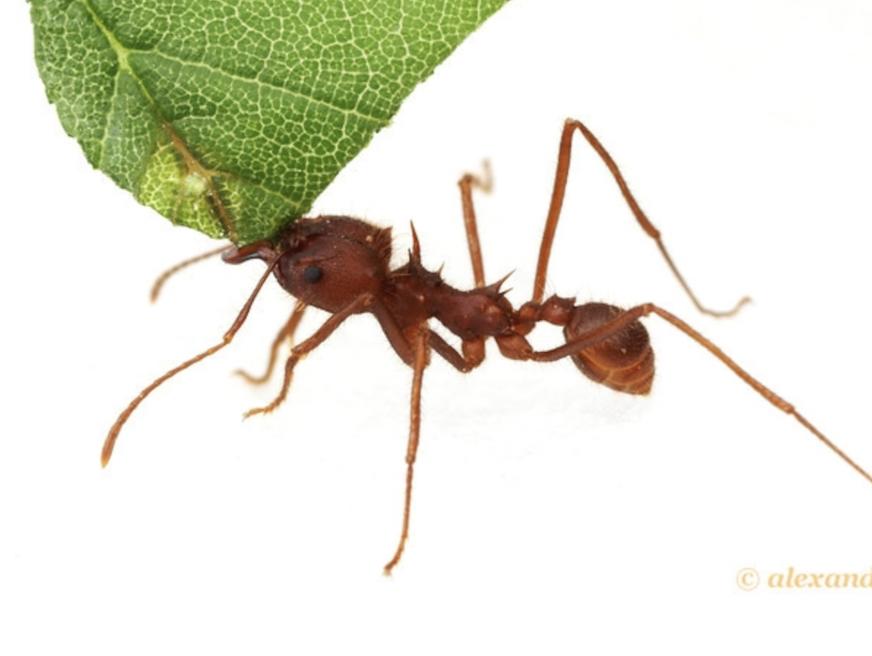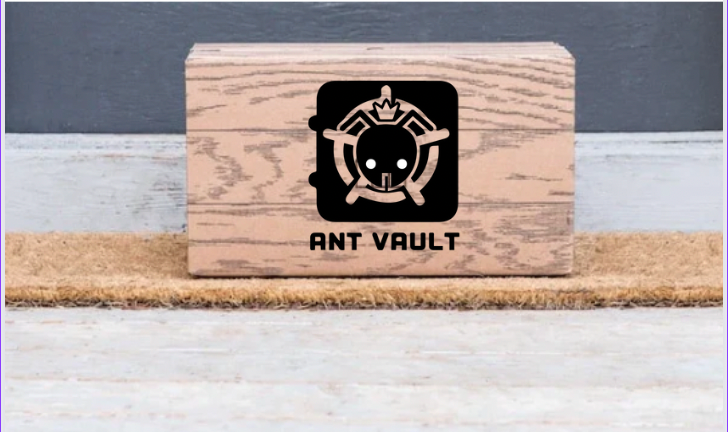Camponotus semitestaceus care guide:
Here is a detailed care guide for beginners on how to take care of Camponotus semitestaceus ants:
-
Housing: Camponotus semitestaceus ants require a secure and escape-proof enclosure to live in. A test tube or a small plastic container can be used as temporary housing until the colony grows larger. The enclosure should be made of plastic or glass and have a lid that securely fastens to prevent escape.
-
Substrate: Camponotus semitestaceus ants require a moist substrate. A mixture of sand and soil is suitable for them. The substrate should be moist but not saturated, and it should not dry out completely.
-
Temperature: Camponotus semitestaceus ants require a warm and humid environment. The ideal temperature range for them is between 75-85°F (24-29°C). A heat mat or a lamp can be used to maintain the temperature, but make sure to place the heat source on one side of the enclosure to create a temperature gradient.
-
Feeding: Camponotus semitestaceus ants are omnivores and require a variety of food. They primarily feed on insects, honeydew, and nectar. You can provide them with insects such as fruit flies, crickets, and mealworms. You can also offer them sugary foods such as honey, sugar water, or fruit. Ensure to feed them small amounts of food regularly to avoid mold growth in the enclosure.
-
Water: Camponotus semitestaceus ants require a source of water. You can provide them with a test tube filled with clean water or a water feeder. Make sure to clean the water source regularly to avoid contamination.
-
Nesting Material: Camponotus semitestaceus ants require nesting material in their enclosure. You can provide them with pieces of bark, leaves, or twigs. They use this material to build their nest, so make sure to provide them with enough nesting material to create a suitable habitat.
Tips for Ant Keepers:
- Keep the enclosure clean to avoid mold growth and bacterial infections.
- Avoid disturbing the ants too much, as it can stress them out and affect their behavior.
- Observe the ants regularly to ensure they are healthy and thriving.
- Keep the enclosure away from direct sunlight or extreme temperatures.
- Do not mix different ant species in the same enclosure.
